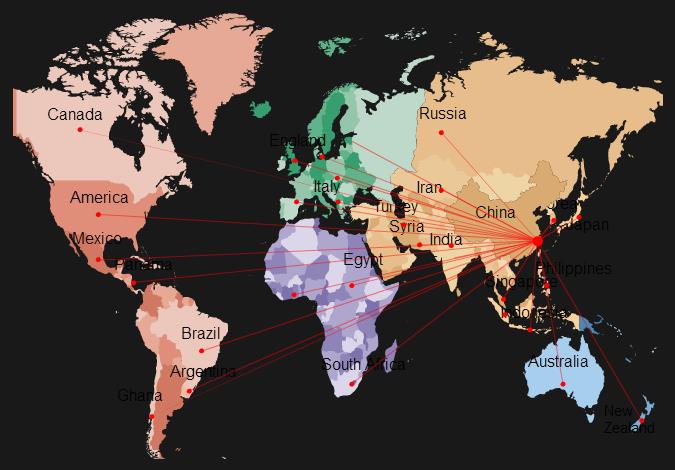MDF board Comparison with natural woods
MDF does not contain knots or rings, making it more uniform than natural woods during cutting and in service.[8] However, MDF is not entirely isotropic, since the fibres are pressed tightly together through the sheet. Typical MDF has a hard, flat, smooth surface that makes it ideal for veneering, as there is no underlying grain to telegraph through the thin veneer as with plywood. A so-called “Premium” MDF is available that features more uniform density throughout the thickness of the panel.
MDF may be glued, doweled or laminated. Typical fasteners are T-nuts and pan-head machine screws.[9] Smooth-shank nails do not hold well, and neither do fine-pitch screws, especially in the edge. Special screws are available with a coarse thread pitch, but sheet-metal screws also work well. MDF isn’t susceptible to splitting when screws are installed in the face of the material but, due to the alignment of the wood fibres, may split when screws are installed in the edge of the board without pilot holes.
Benefits
Is an excellent substrate for veneers
Some varieties are less expensive than many natural woods
Consistent in strength and size
Shapes well
Stable dimensions (less expansion and contraction than natural wood)
Takes paint well
Takes woodglue well
High screw pull-out strength in the face grain of the material
Drawbacks
Denser than plywood or chipboard (the resins are heavy)
Low grade MDF may swell and break when saturated with water
May warp or expand in humid environments if not sealed
May release formaldehyde, which is a known human carcinogen[10] and may cause allergy, eye and lung irritation when cutting and sanding[11]
Dulls blades more quickly than many woods. Use of tungsten carbide edged cutting tools is almost mandatory, as high speed steel dulls too quickly
Though it does not have a grain in the plane of the board, it does have one into the board. Screwing into the edge of a board will generally cause it to split in a fashion similar to delaminating
Previous:Production process of MDF board



